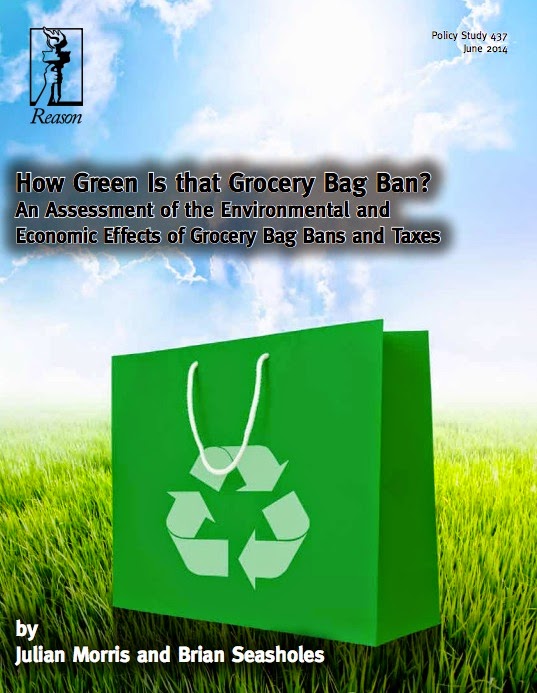Balloon Aerial Mapping BRIEF WORKSHOP
From http://publiclab.org/wiki/kite-balloon-hybrid A NEW Community Mapping Approach : Balloon Mapping BRIEF WORKSHOP #1 DATE/TIME : 10/29/14 - 0800 LOCATION: Evans Hall turnout in Loma Linda University off of Anderson 24785, Stewart St. Loma Linda, CA 92354 Meet by the Loma Linda University sign in the grass. My grey truck will be nearby. WHAT IS IT? Balloon (and Kite) photography is a participatory technique used to acquire aerial photographs and qualitative data from participants. It is a fun outdoor activity that takes a little planning and produces a lot of images. It has been used to document contamination from the BP oil spill, neighborhood environmental health issues, urban development issues and many other topics. The unique thing about balloon mapping is that it requires a team approach and is therefore a qualitative method. Researchers can acquire lots of relevant information from the planning and organizing phase; these facilitate conversations, expl




